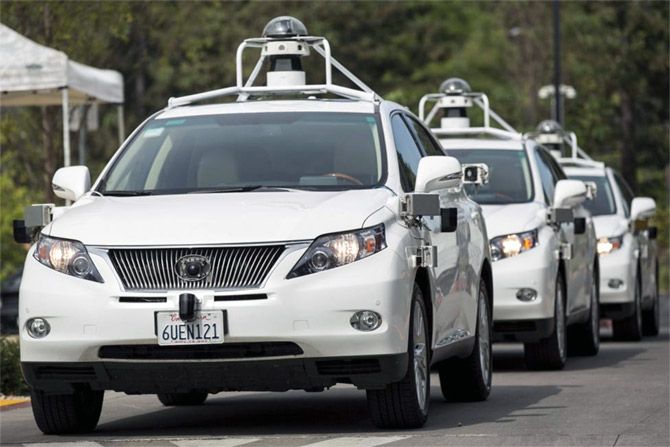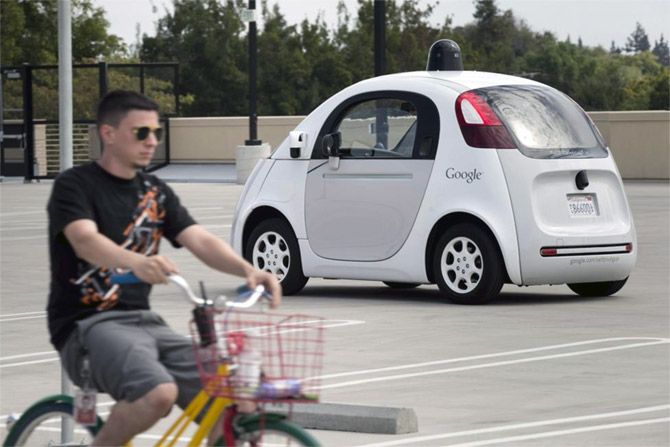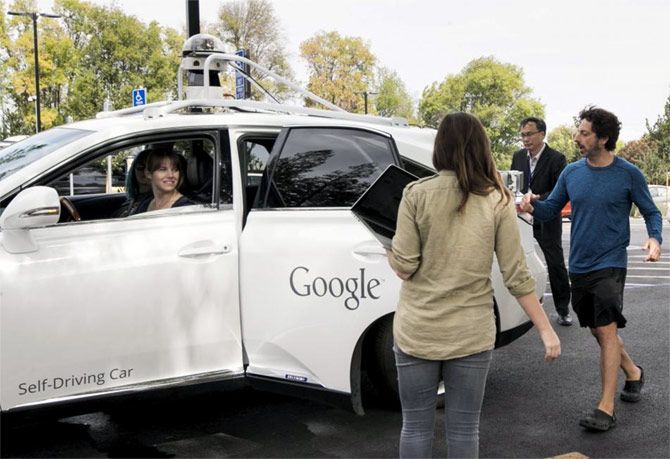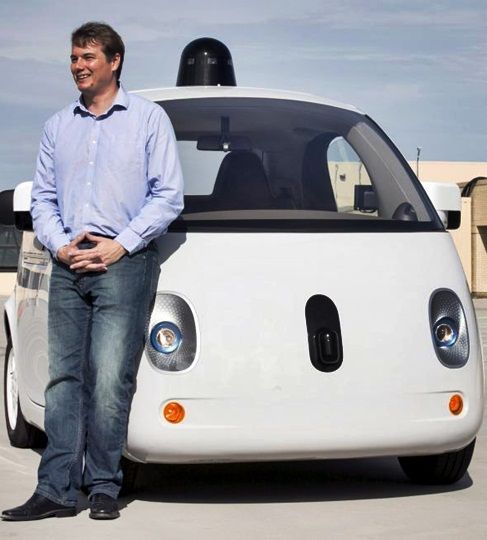A car without brakes, accelerators or steering wheel – a driverless car is indeed a dream come true.

Google’s efforts to make driving easier, safer and enjoyable with self driving cars has been commendable.
Take a look at 10 interesting facts on Google’s self driving car…

Google started testing self-driving technology with the Toyota Prius on freeways in California in 2009.

Three years later, Google began testing with the Lexus RX450h after completing over 300,000 miles of testing on freeways.

A new development was the unveiling of a new prototype vehicle in 2014, capable of being a fully self-driving car.

These intelligent cars use sensors and software to detect objects like pedestrians, cyclists and can safely drive around them.

According to Google, the car can process both map and sensor information to find out its exact location - precisely which street or lane it is driving in.

The sensors are so powerful that it can detect all kinds of objects. What’s more interesting, the software can predict what these objects around the car will do next and take action accordingly.
In an instance where the traffic signal turned green and the car was about to move forward, the car sensed an ambulance coming from the right side and it stopped, making way for the ambulance.

Google calls its cars, ‘experienced drivers’. The self-driven cars have covered over 1 million miles which is equivalent to 75 years of driving experience on the road (based on a typical American adult driving about 13,000 miles per year), says Google.
On autonomous mode, the car has covered 1,011,338 miles. On manual mode (where drivers control the car), it has covered 796,250 miles.
On an average the cars are covering 10,000 autonomous miles per week on public streets, says Google.

Photograph: Elijah Nouvelage/Reuters
Each car’s speed is capped safely at 25 mph (40 km/hr). The cars halt for 1.5 seconds after the signal turns green at a junction as many accidents happen during this time.
But the cars can travel as fast as 100 miles an hour. To ensure safety, the front side has about 2 feet of foam and the windshield is made of plastic instead of glass.

During these test drives, safety drivers are equipped with temporary controls that allow them to take over driving if needed.
These drivers provide feedback to the engineering team, which in turn helps them to make the travel better and comfortable.

Google's self-driving cars have however faced 14 minor accidents on public roads.
Google points out that in all cases the vehicle was not at fault as the cars were either manually driven or the driver of other vehicles were at fault.
Google hopes these cars – 50 of them- are already on the roads as a part of testing, will considerably reduce accidents and make travel a hassle free experience for women and the elderly as well.








